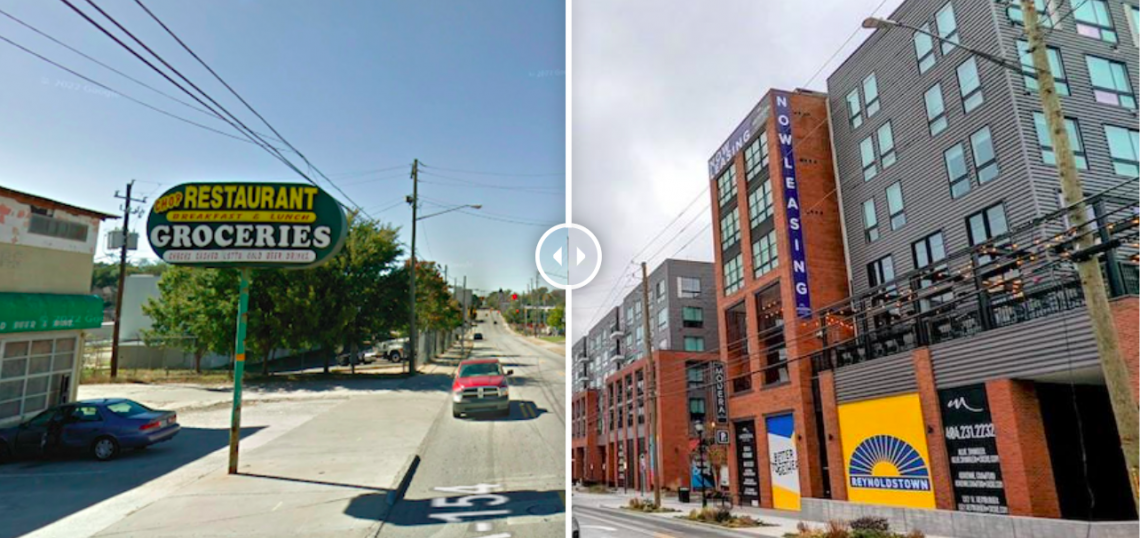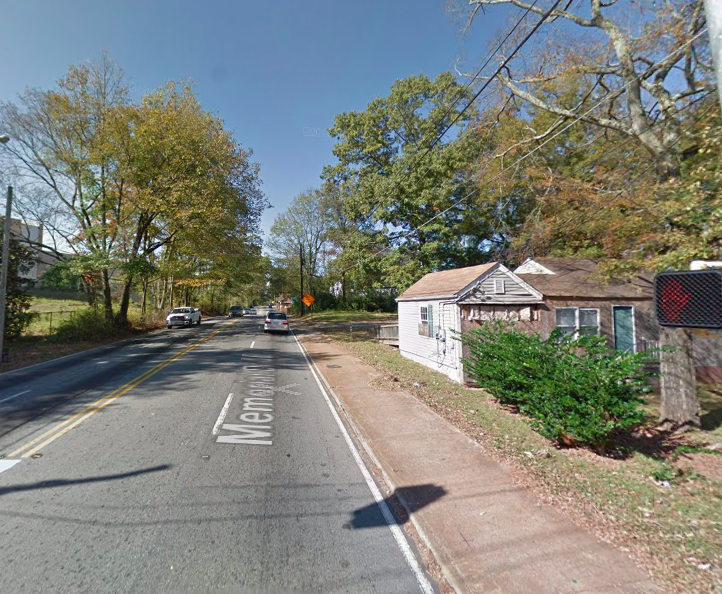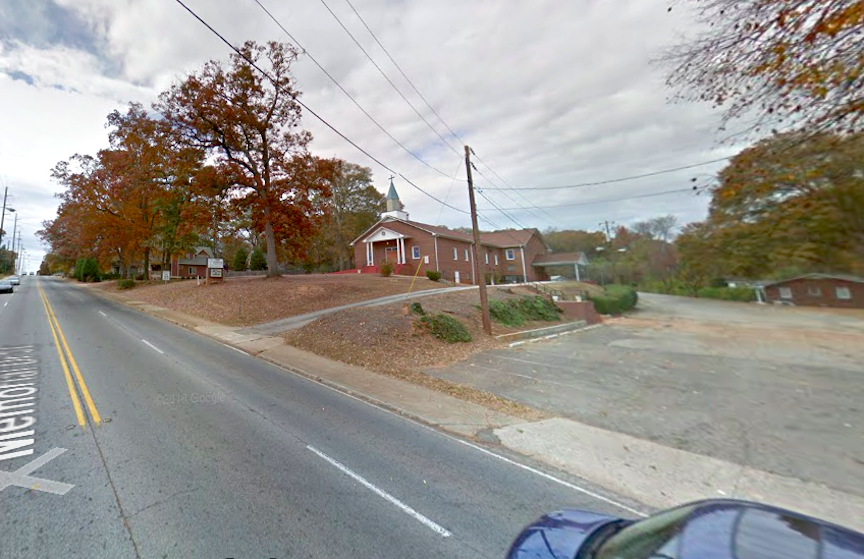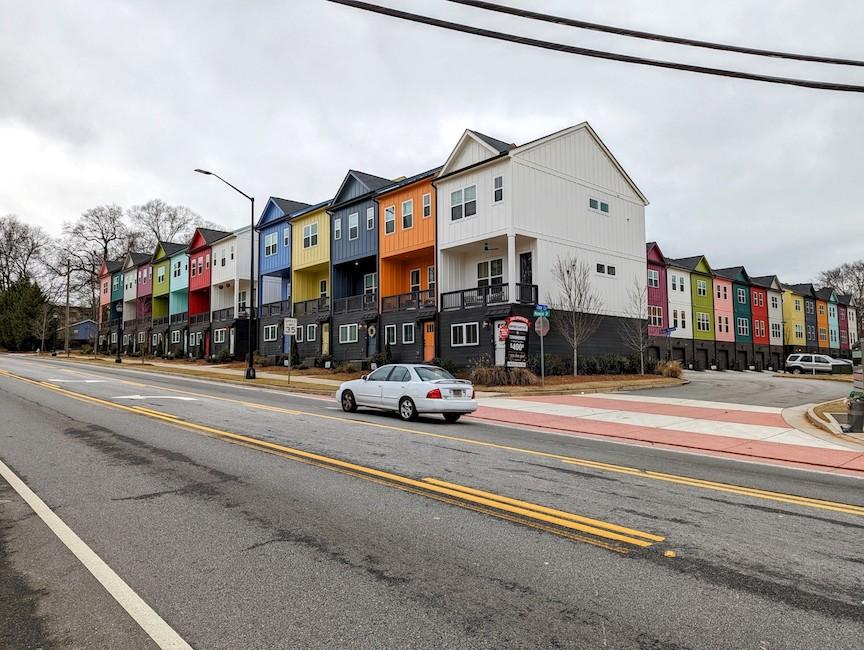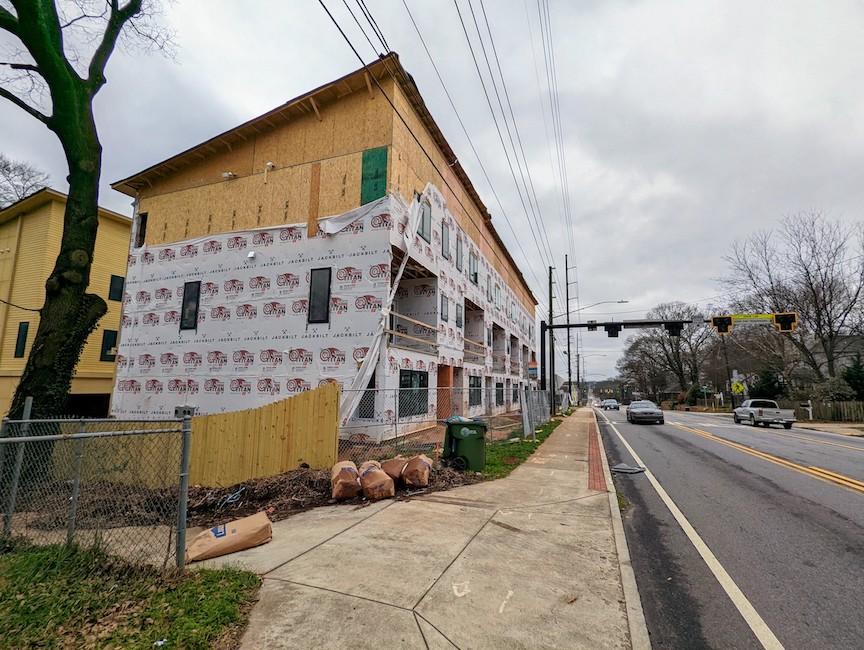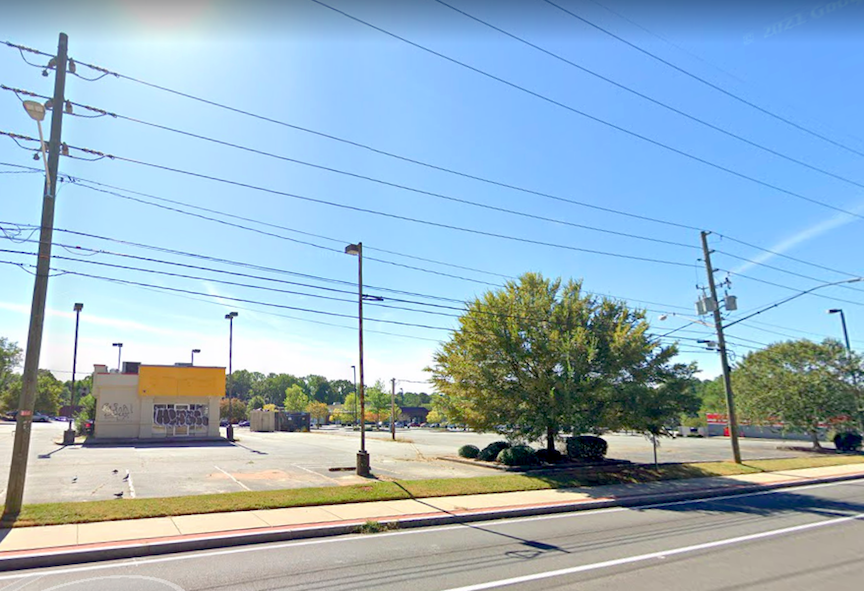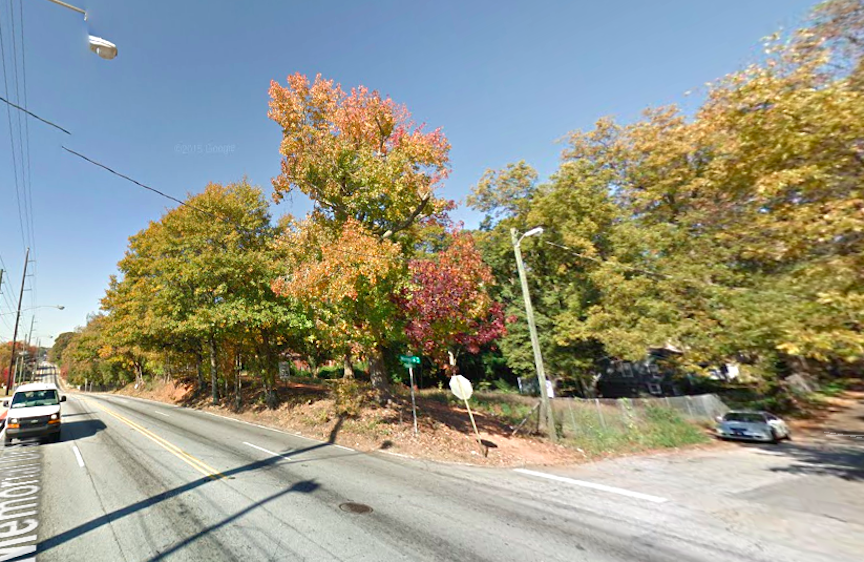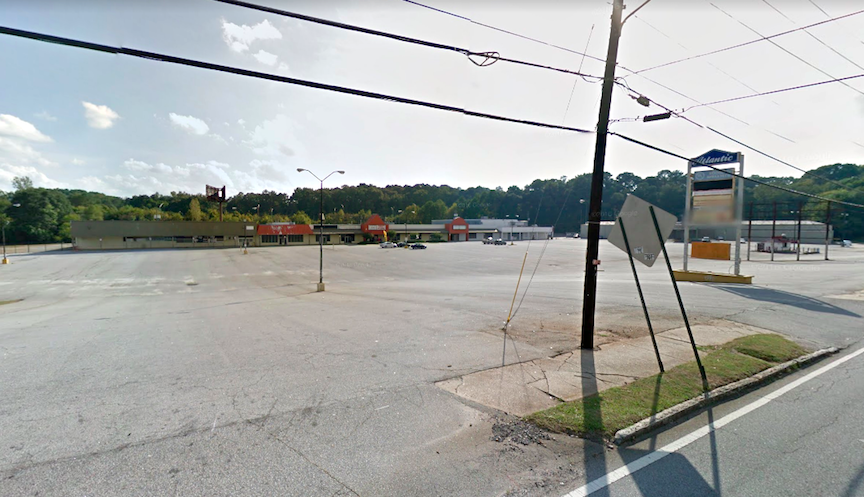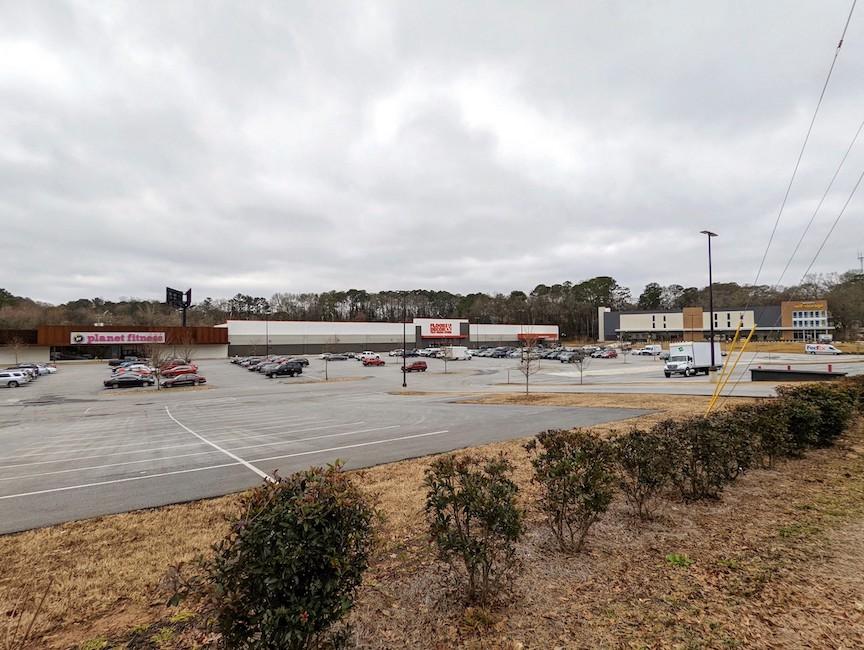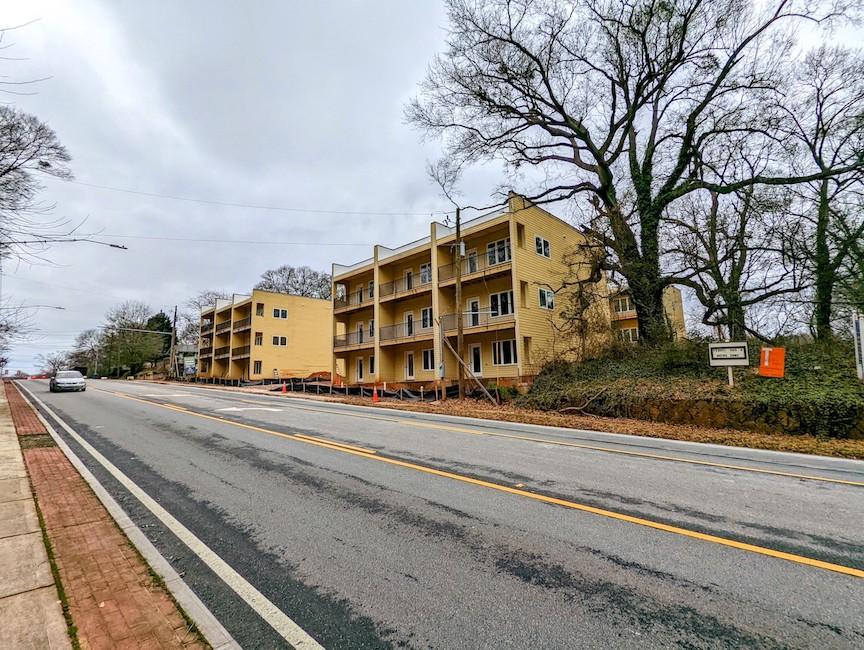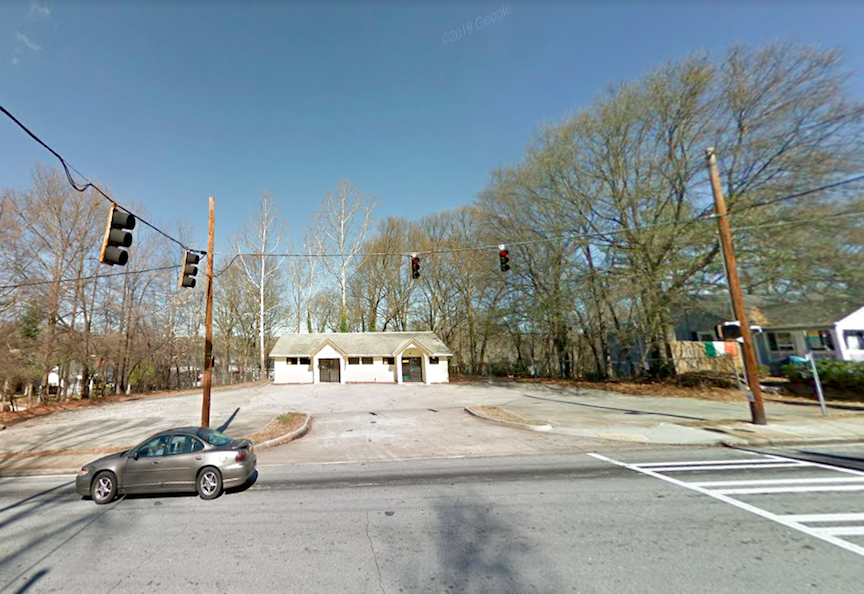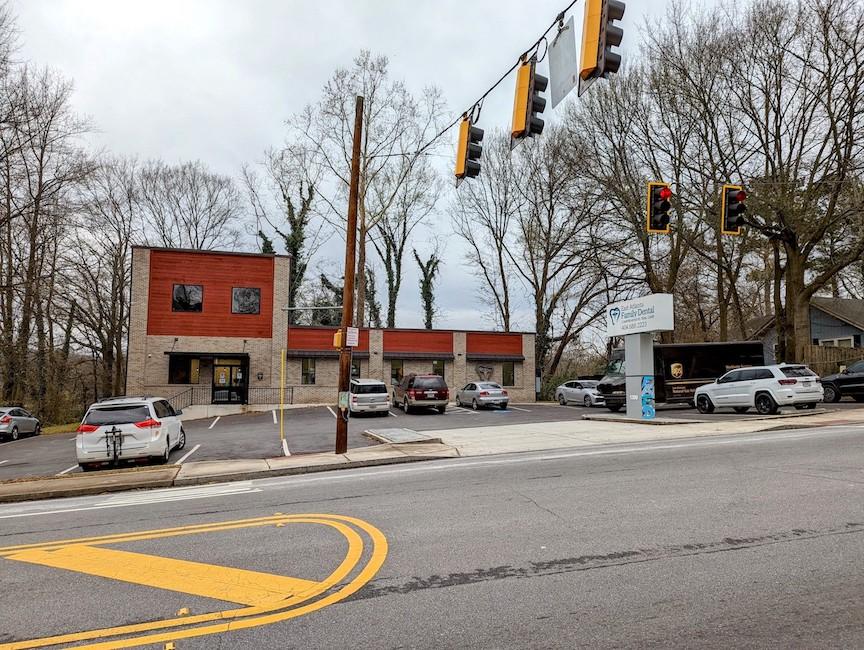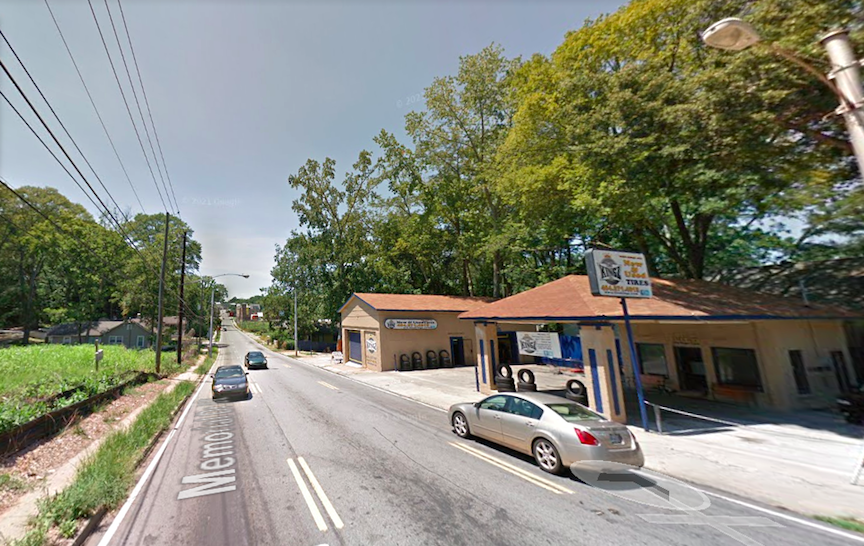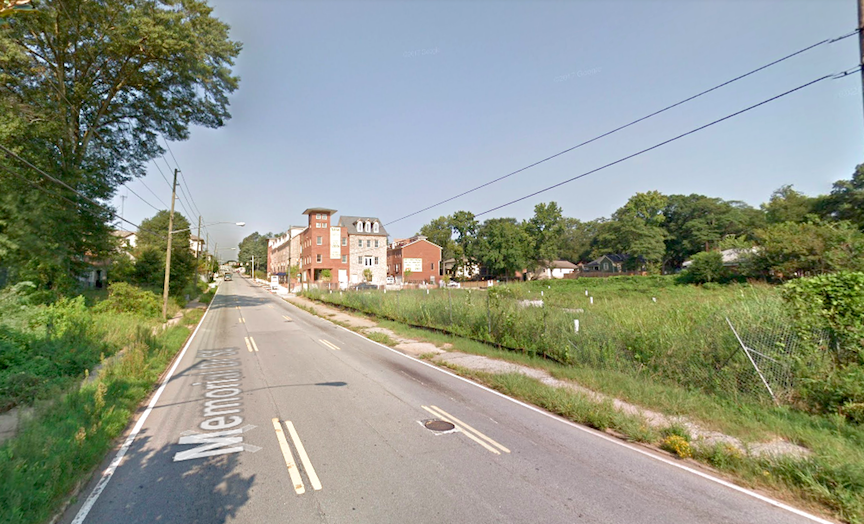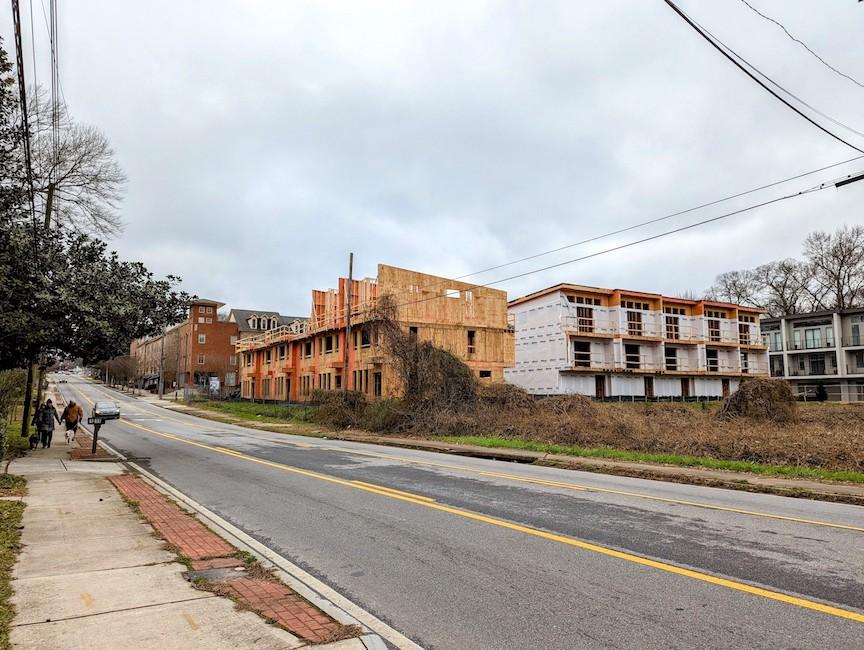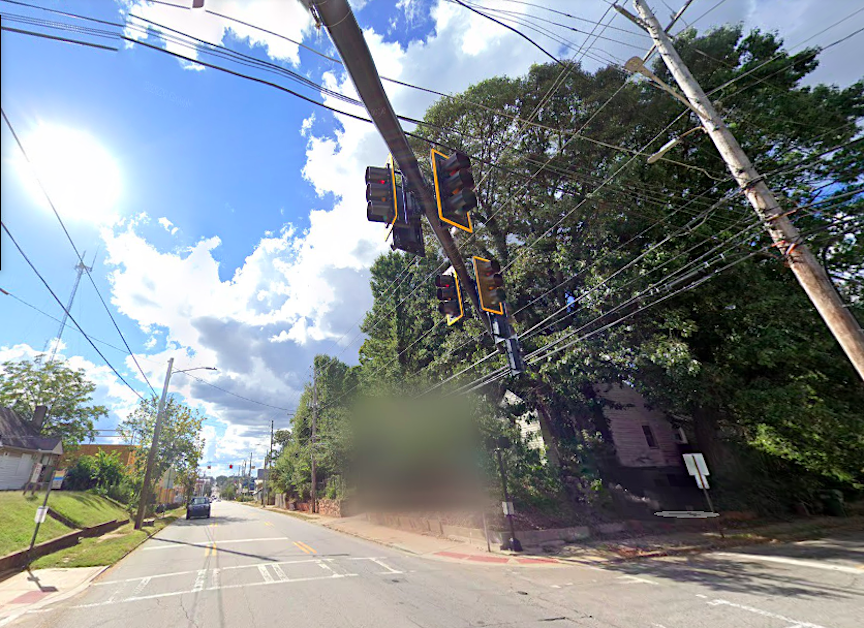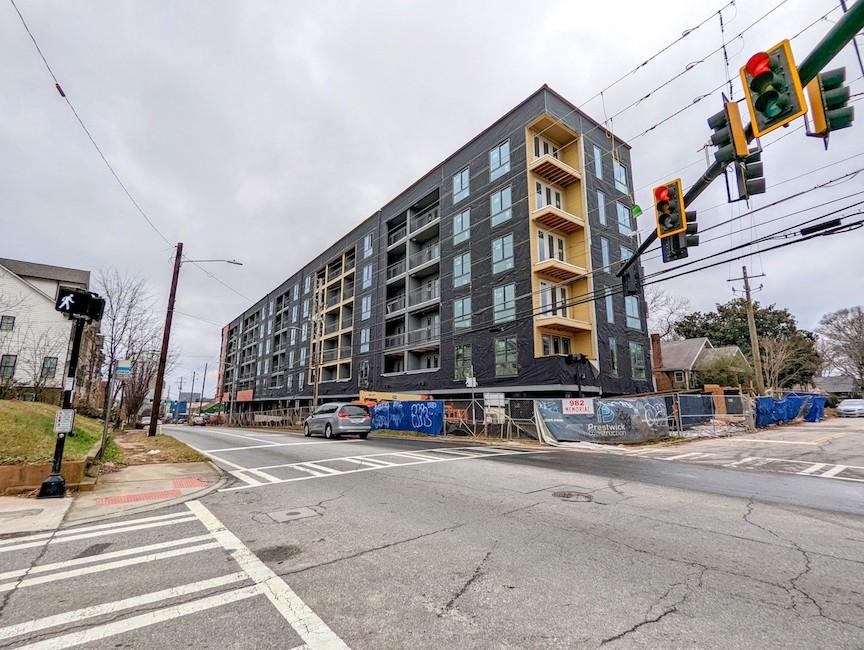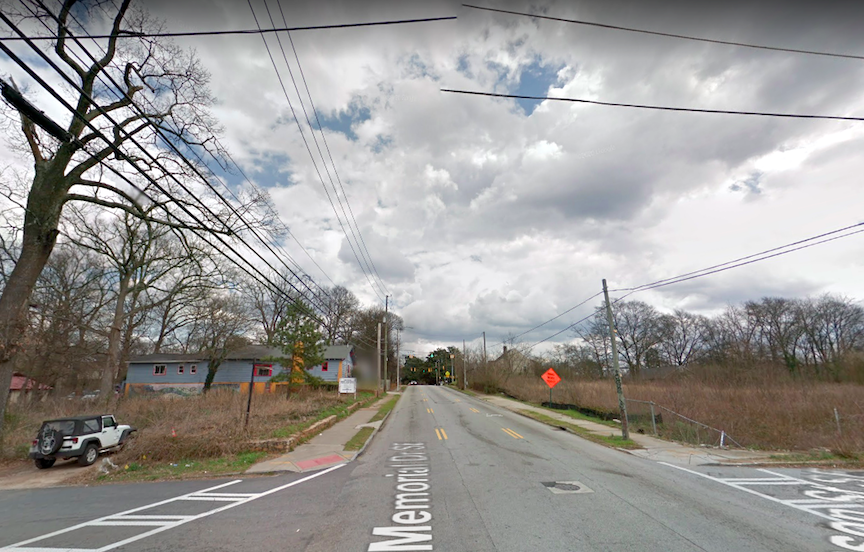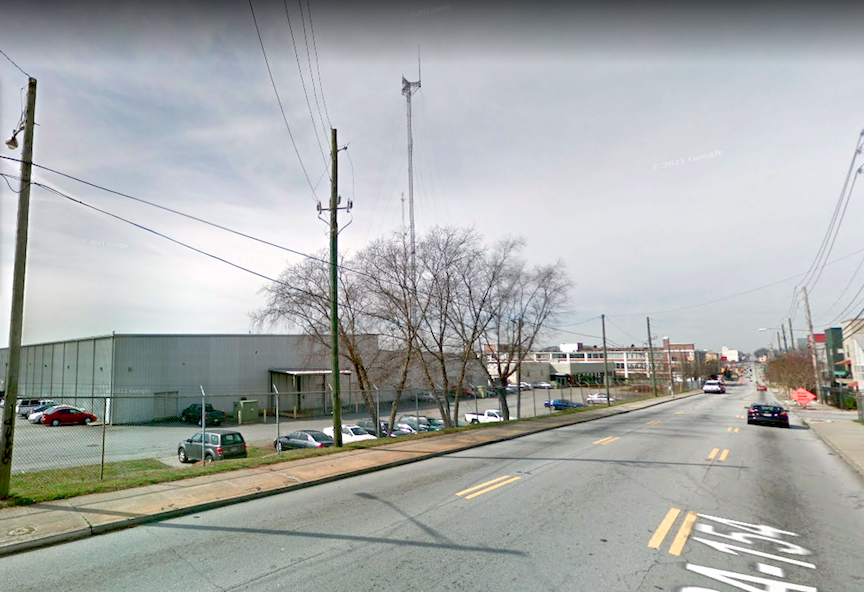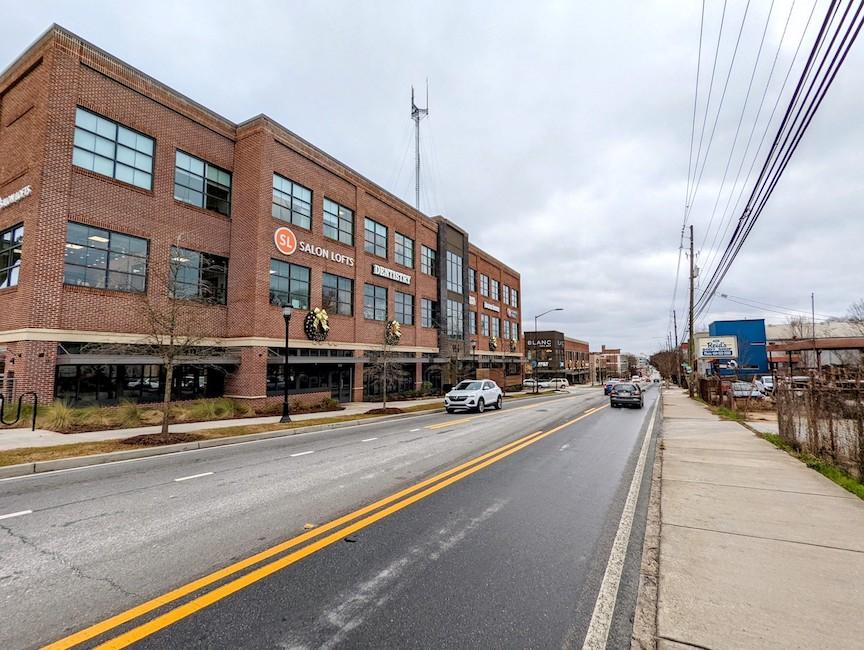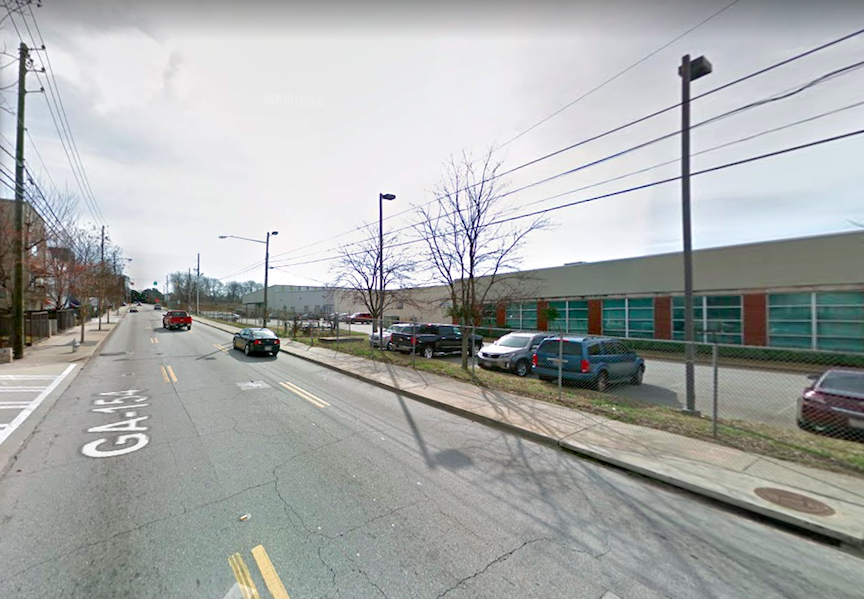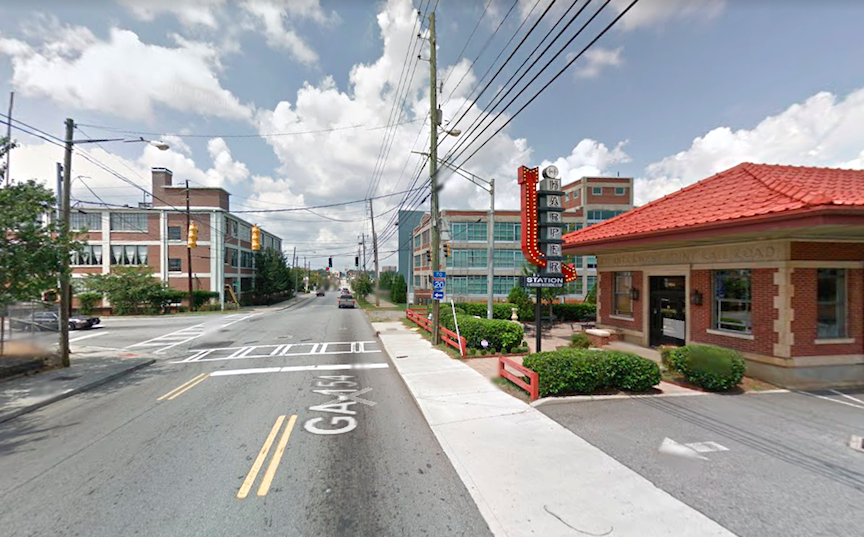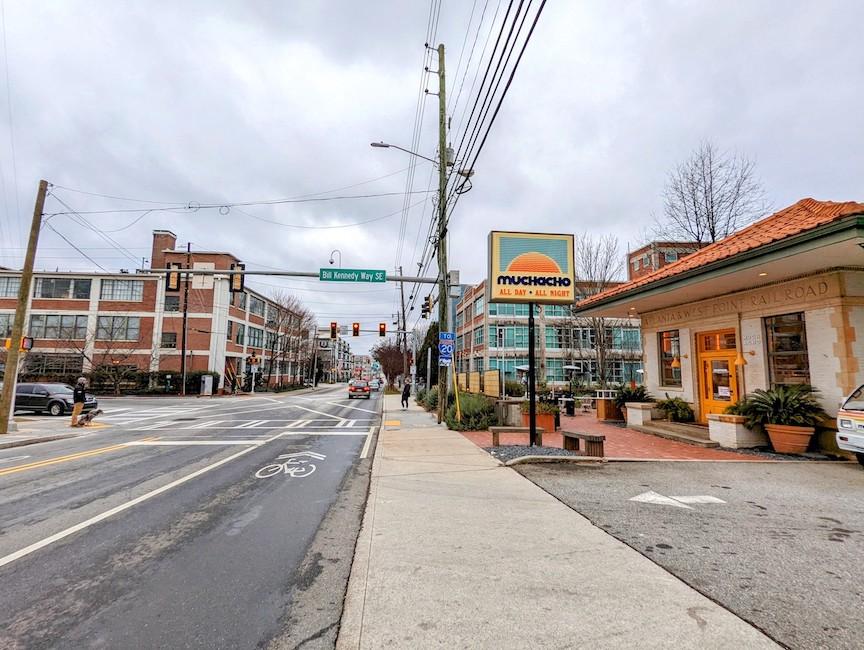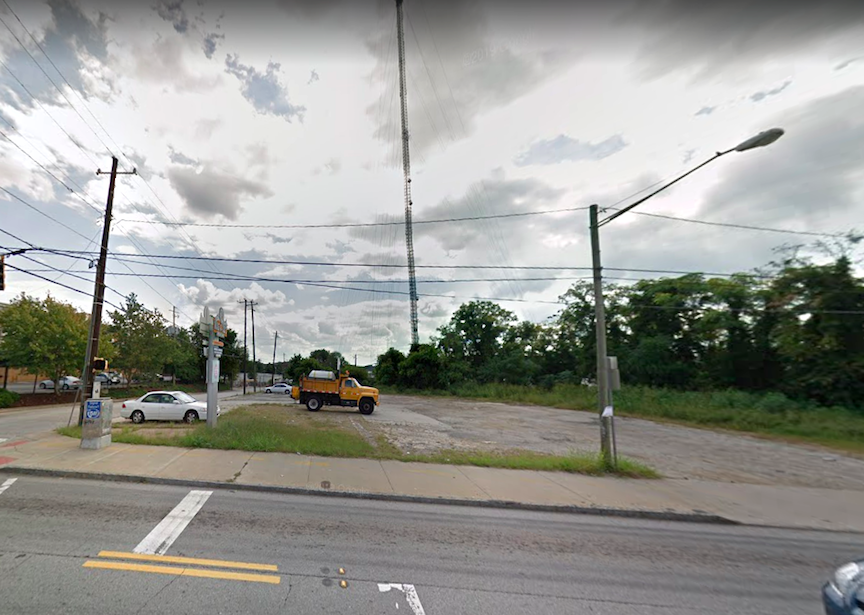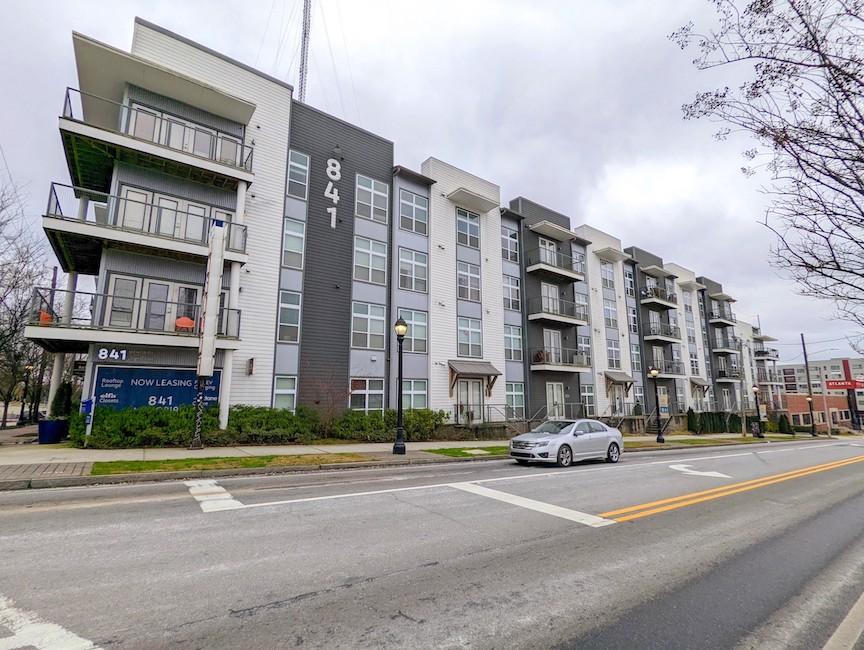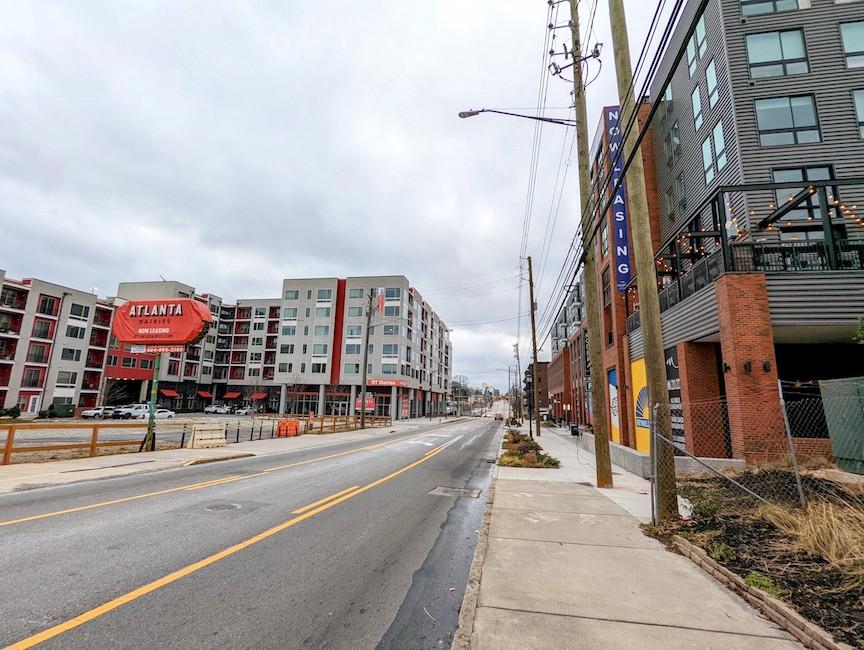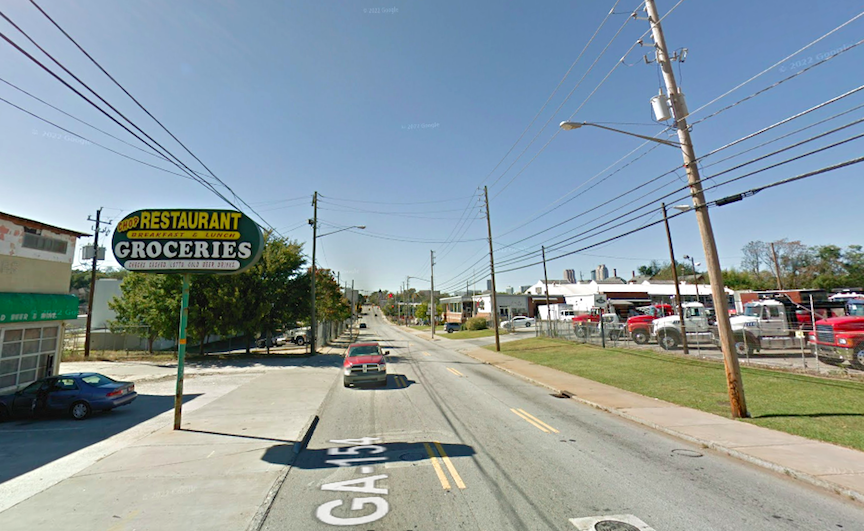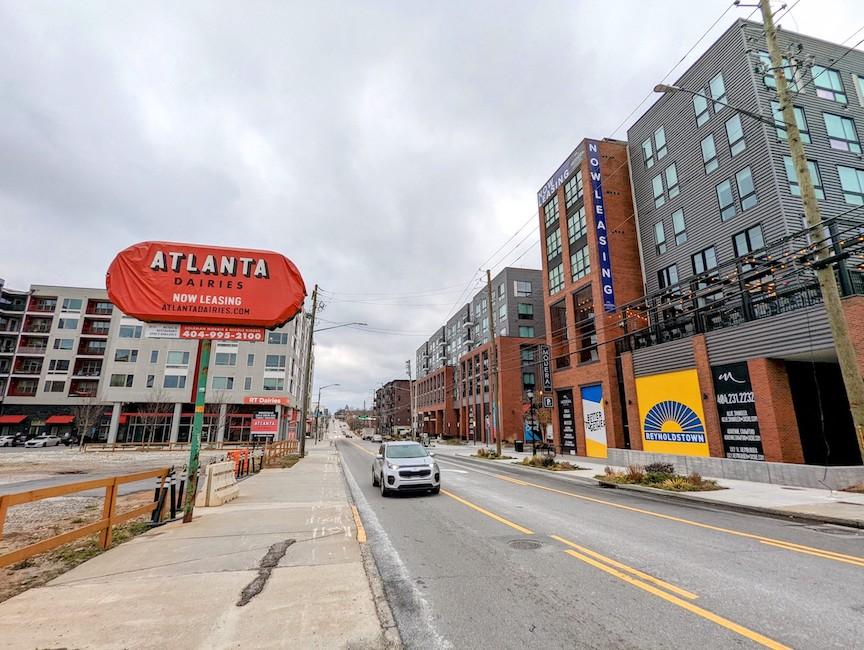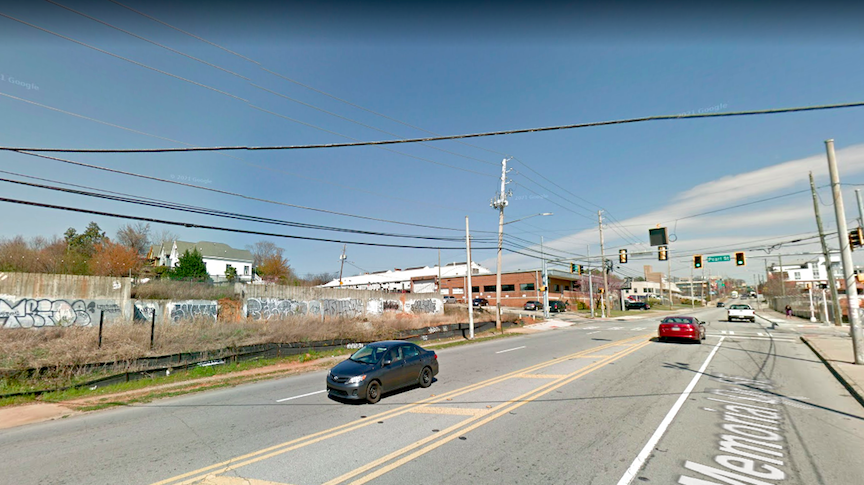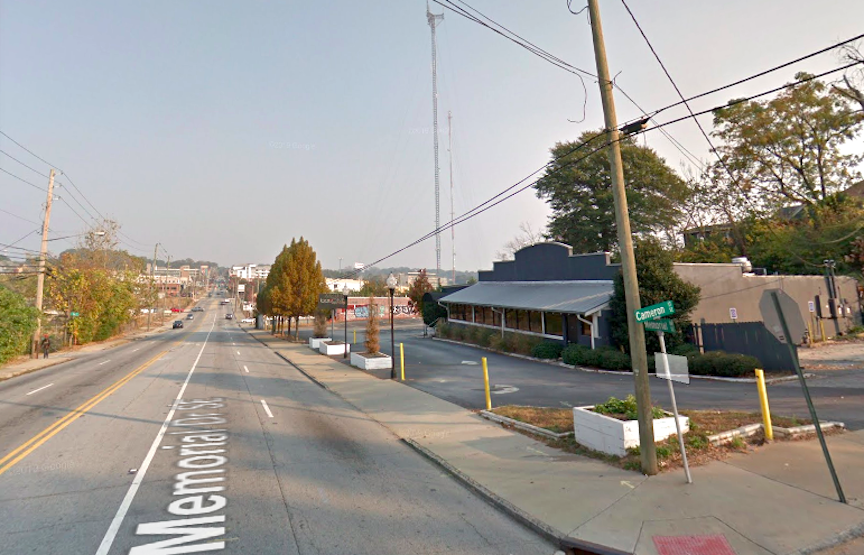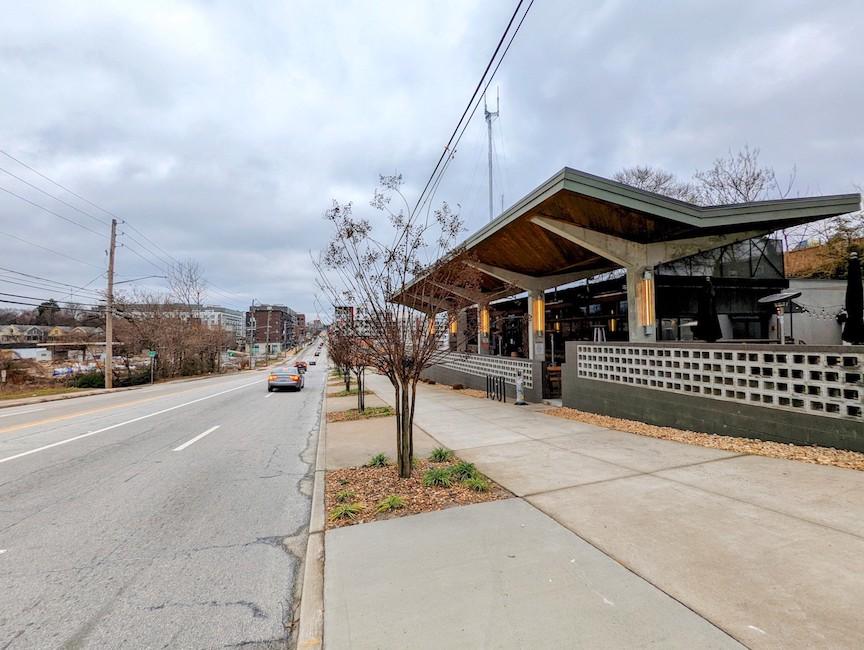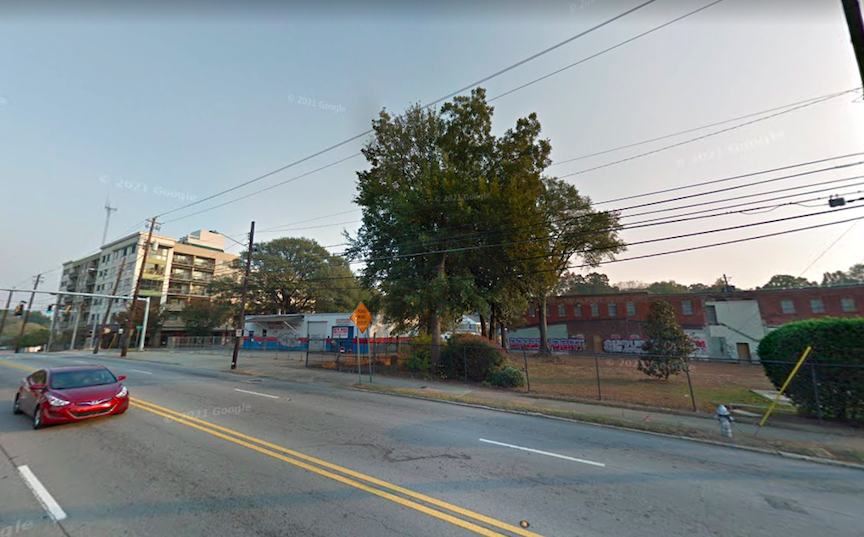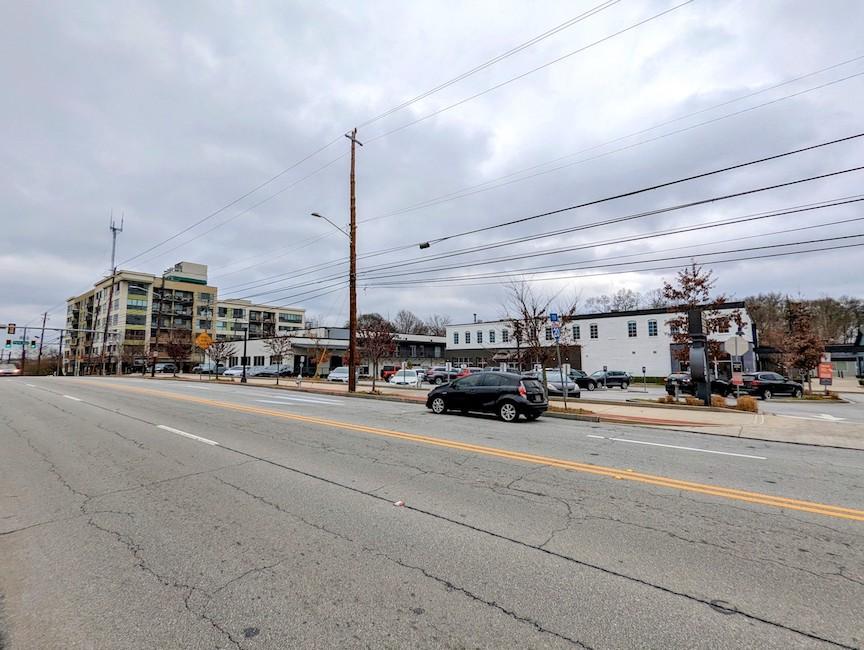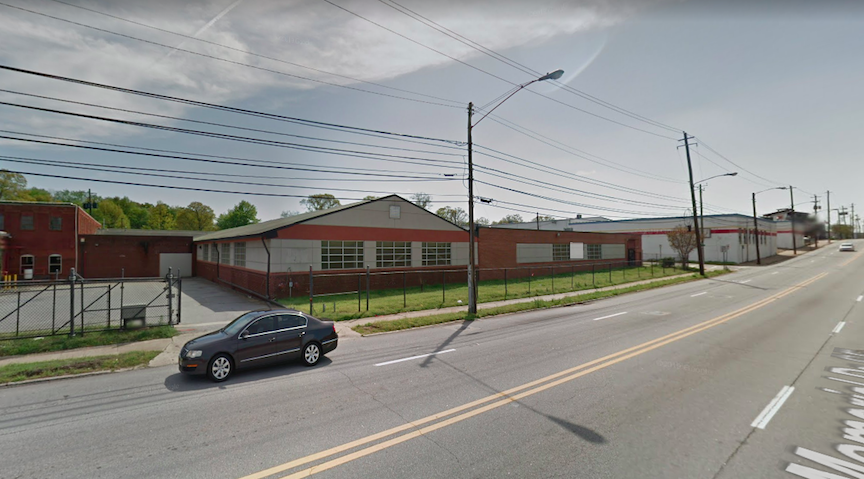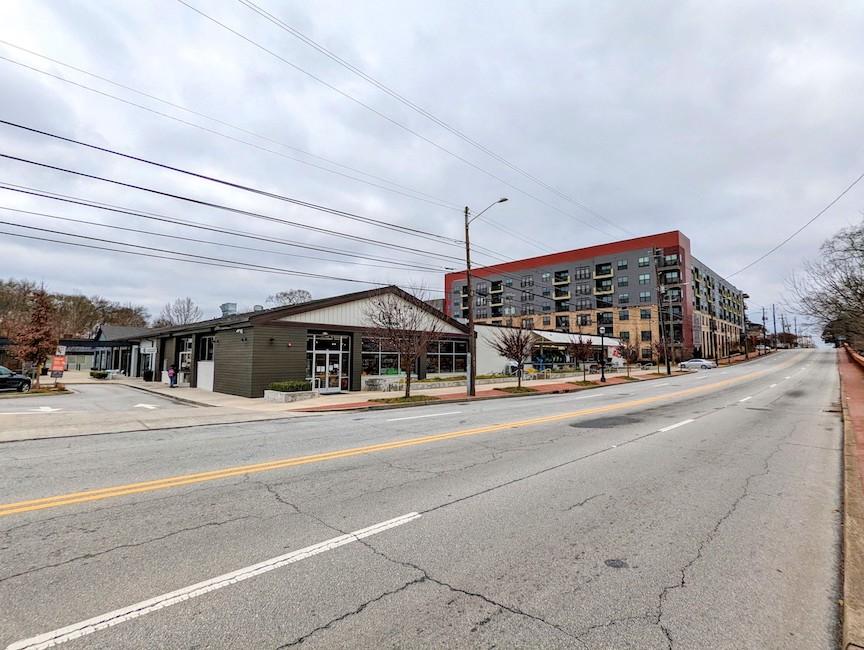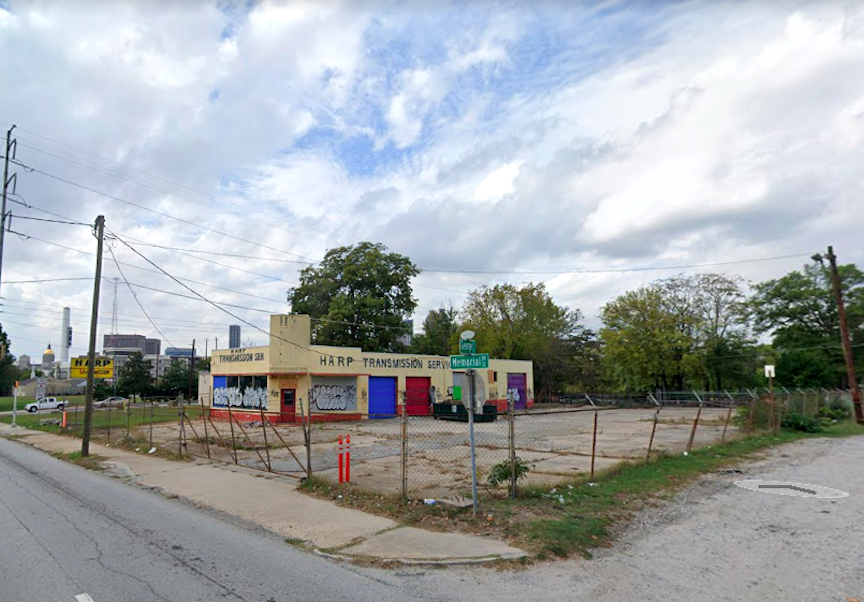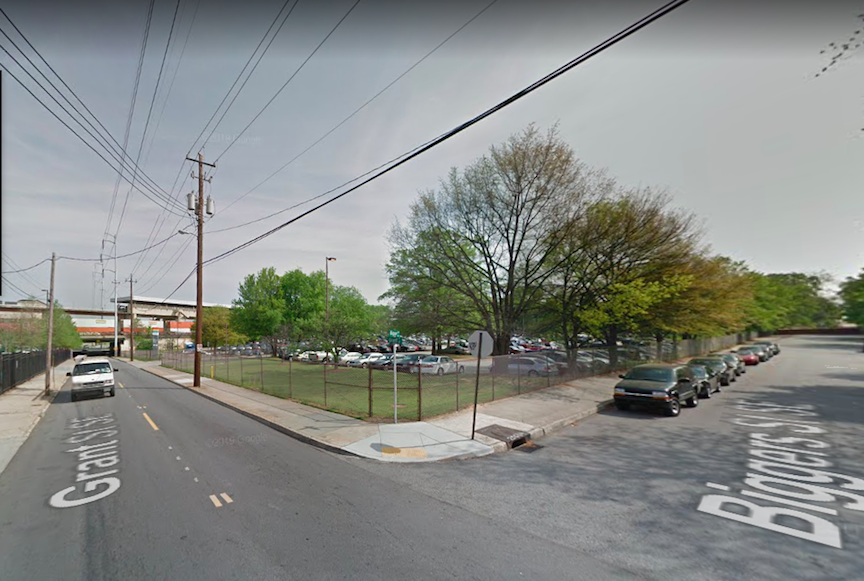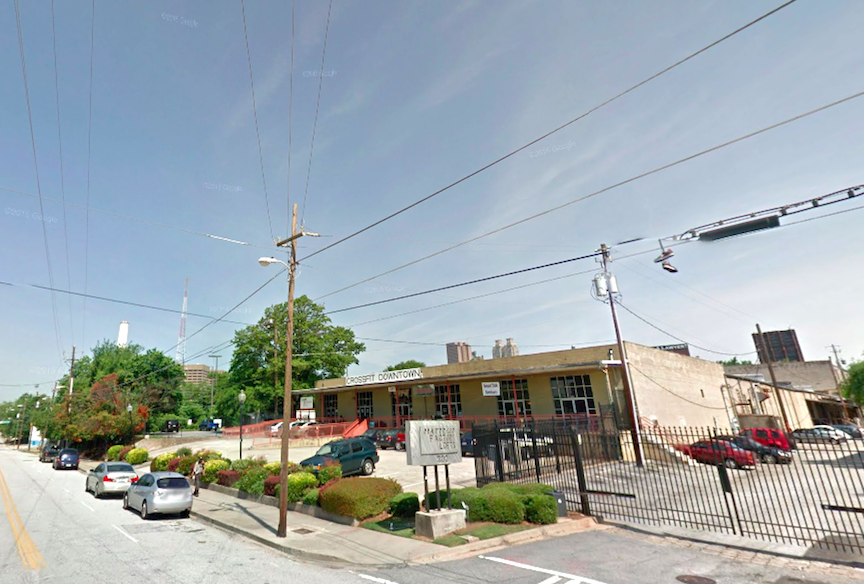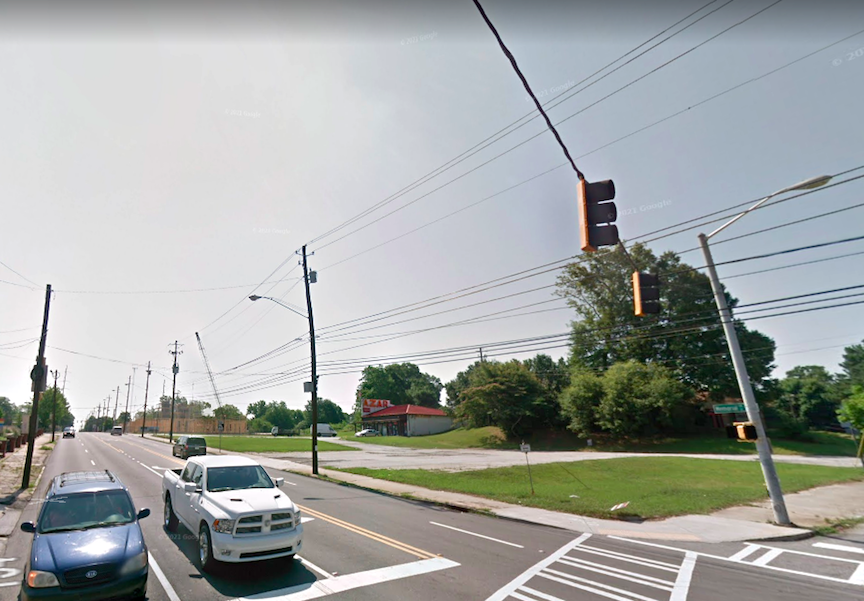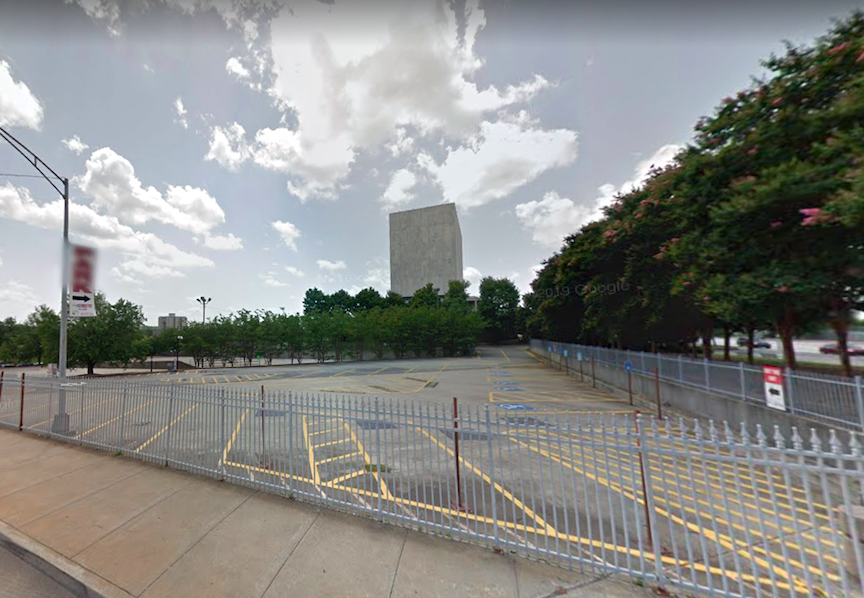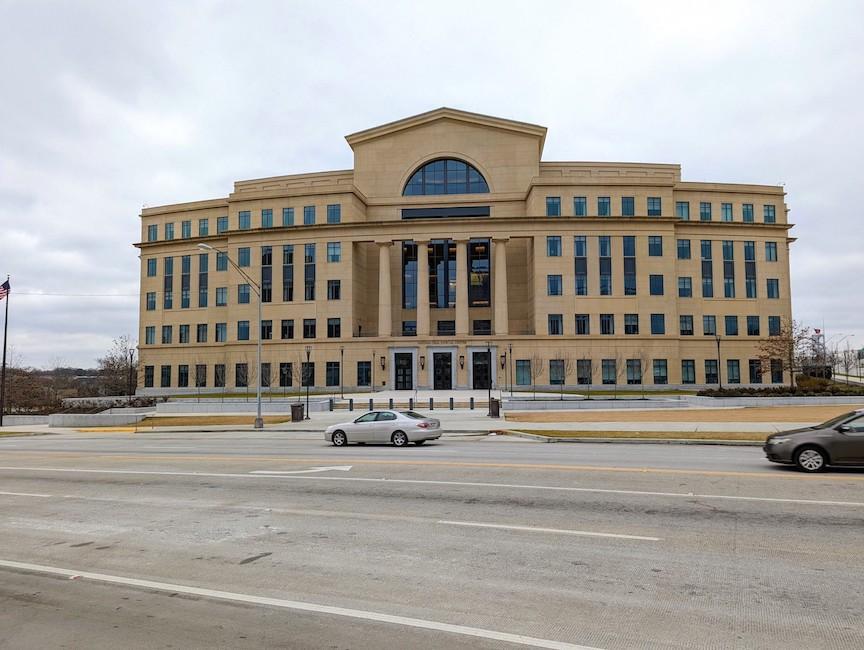Imagine you’d left Atlanta in 2014, just as the city had squarely pulled itself from the Great Recession, and returned for the first time today to walk Memorial Drive. What would you think?
By and large, you’d see block after block of a functional new city (a SimCity, critics might argue) on what had been one of Atlanta’s most downtrodden—but important—transportation corridors for a generation. You’d see adaptive-reuse and wholesale obliteration.
You’d see almost 30 new food and beverage establishments, dishing everything from waffle cones and iced coffee to Girl Diver’s $450 seafood party platters.
You’d see more than 2,800 new apartments standing over Memorial Drive—or just off it, in two instances—with more similar, mid-rise development in the offing. Elsewhere, nearly 300 townhomes (or detached houses on tightly planned streets) have delivered or are under construction. Some townhomes near the Atlanta BeltLine have sold for north of $900,000.
You’d see hundreds of thousands of square feet of offices and retail space that includes a big-box grocer (with another en route), neighborhood markets, a dentistry and oral surgeon, a cinema, a new concert venue, a hardware store, fitness centers, an OB/GYN provider, and more.
You’d see widened sidewalks, re-striped traffic lanes, and improved bus signage but not much in the way of a major transportation upgrade to accommodate such growth.
Gone are trucking facilities, industrial buildings, and the foundational carcass of a recession-era condo venture gone bust, plus numerable parking lots and weedy plots. Holdouts like barbecue institutions Daddy D’z and Wyatt’s thankfully remain.
Call it Gentrification 101 or a vital corridor that’s finally, rapidly springing to life. You just can’t call it stagnant anymore.
Named for the controversial memorial on the side of Stone Mountain—it’s a straight shot, after all, between the Georgia State Capitol and the South’s most famous rock—Memorial Drive isn’t what it used to be. It’s like Summerhill’s Georgia Avenue on a grandiose scale, only with gaps where encampments remain on abandoned front stoops as inequity rears its head.
We recently trekked a four and ½ -mile section of Memorial Drive on a frigid day, beginning in East Lake and headed west, to photograph its state today. Below, travel back in time—via the wonders of Google Maps imagery—to observe changes both small and seismic. Almost all development projects pictured have occurred in the past five years.





